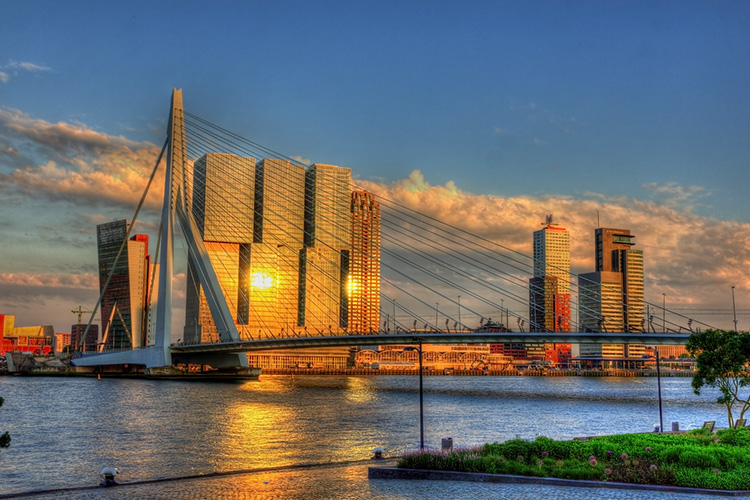Tradition Meets Futuristic Innovation
Ancient Ways, Modern Japan
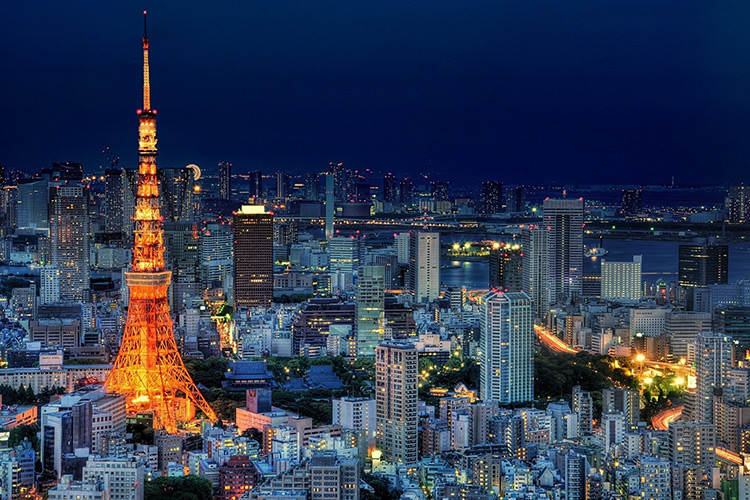
Tokyo
Tokyo is a city forever reaching into the future, pushing the boundaries of what’s possible on densely populated, earthquake-prone land, and building ever taller, sleeker structures. It’s Japan’s top spot for contemporary art and architecture, pop culture, shopping, drinking and entertainment (and a tie with Kyoto for dining). But more than in any other place, it’s the city itself that enchants visitors.
Kyoto
Kyoto, Japan’s imperial capital for a thousand years, is home to more than a thousand temples. Among them are the monumental, like Kinkaku-ji (an exquisite pavilion sheathed entirely in gold leaf), and the meditative, like Ryōan-ji, with its stark Zen rock garden.
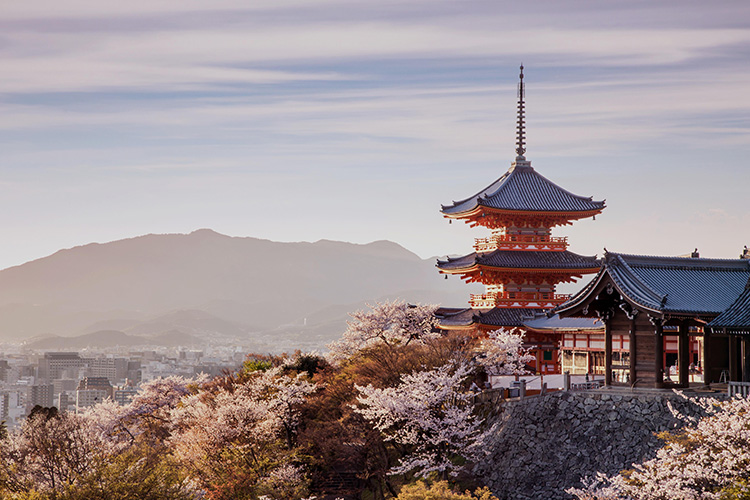
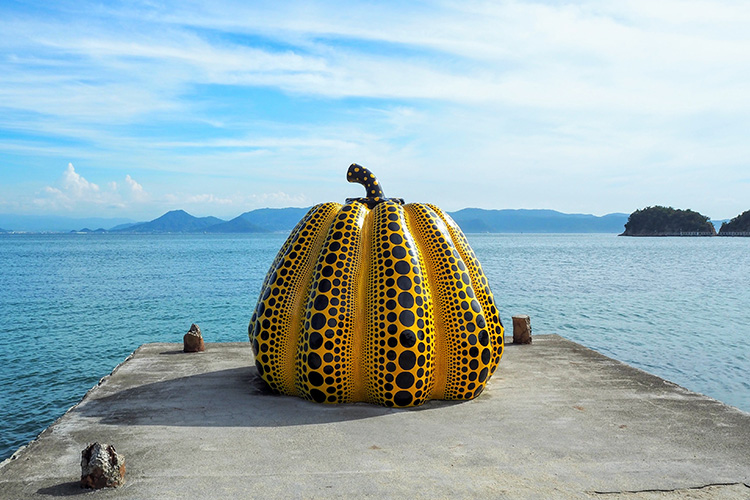
Naoshima
Naoshima is one of Japan’s great success stories: once a rural island on the verge of becoming a ghost town, it’s now a world-class center for contemporary art.
Mt. Fuji
Fuji-san is among Japan’s most revered and timeless attractions. Hundreds of thousands of people climb it every year, continuing a centuries-old tradition of pilgrimages up the sacred volcano. The best time to climb Mt Fuji is during its official season, from July 1 through mid-September, which avoids the rainy season and snowfall. Always check for typhoon warnings before hiking in Japan.

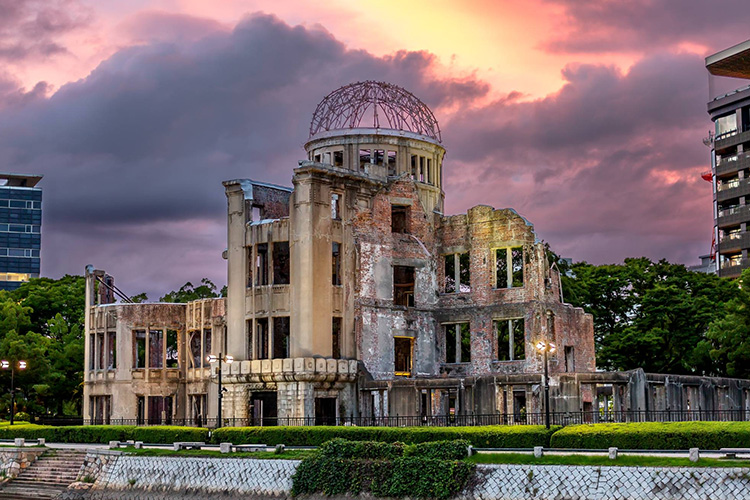
Hiroshima
Hiroshima today is a forward-thinking city with attractive, leafy boulevards. It’s not until you visit the Peace Memorial Museum that the true extent of human tragedy wreaked by the atomic bomb becomes vividly clear. A visit here is a heartbreaking, important history lesson. The park around the museum, much of which was designed by Japan’s great modernist architect Tange Kenzō, offers many opportunities for reflection.
Yakushima
Yakushima, a small island off the coast of southern Kyūshū, is often described as magical and enchanting – otherworldly even. It’s a place where words fail and clichés step in.


Koya-San
Riding the funicular up to the sacred Buddhist monastic complex of Kōya-san feels, appropriately, like ascending to another world. There are over a hundred temples here, the highlight of which is Oku-no-in, where paths weave their way among towering cryptomeria trees and time-worn stone stupas covered in moss and lichen.
Okinawa & the Southwest islands
Okinawa and the Southwest Islands offer a totally different experience from the rest of Japan. This semi-tropical archipelago forms an arch between Kyūshū and Taiwan. This is where you’ll find Japan’s best beaches, like those on the Yaeyama Islands and the Kerama Islands, with sugar-white sand fringed with palms and turquoise waters. Bask in the sun, or snorkel and scuba dive.
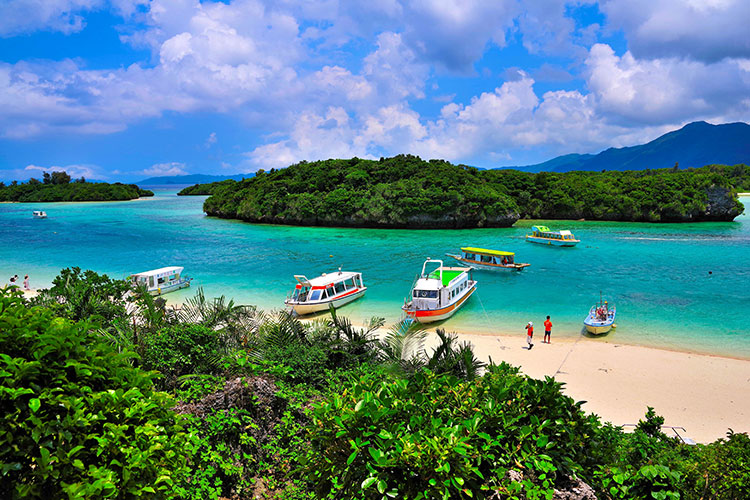
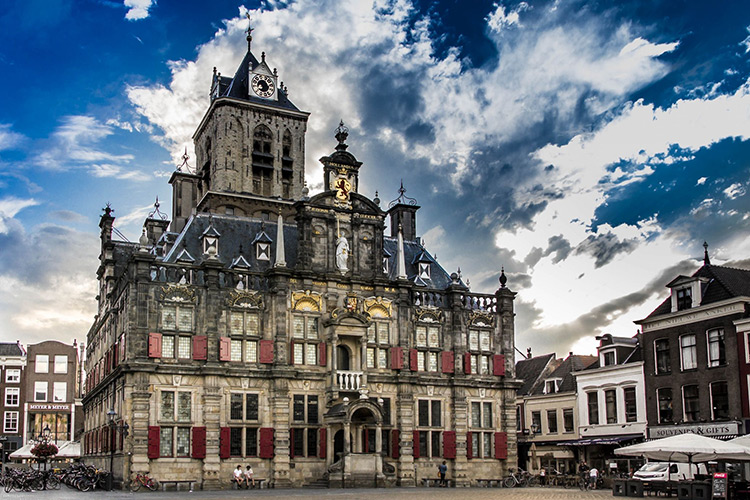
Delft
Delft is a city in the Netherlands, known for its historical connections with the House of Orange-Nassau, blue pottery, and being home to the painter Jan Vermeer. It is also the location of Delft University of Technology (TU Delft). Delftware, also known as Delft Blue, is a type of Dutch tin-glazed earthenware. The city has a rich history dating back to the 15th century when Willem van Oranje lived and was murdered there.
Rotterdam
Vermeer’s birthplace and a true gem, Delft sits between The Hague and Rotterdam in the country’s southwest. The city’s name comes from the Dutch word for digging, fitting since canals are a highlight here.
